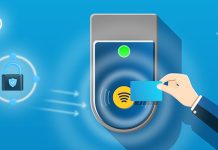RFID tracking has been a leader in the retail, healthcare, and manufacturing industries for the past 20 years. It is relatively more intelligent than traditional manual records. According to research, the global asset tracking market RFID share is estimated to reach $36.3 billion by 2025. Today, RFID asset tracking has become the technology of choice for major companies. This article will explore how RFID tracking works, its applications, and why it matters.
What is RFID Asset Tracking?
RFID tracking systems are an advanced technology that is gradually changing how companies manage their assets. It offers a highly accurate and efficient method of tracking physical assets, reducing the risk of errors and improving inventory management. The RFID Tracking system for hospitals is particularly useful in tracking medical equipment and supplies, ensuring that they are always available when needed.
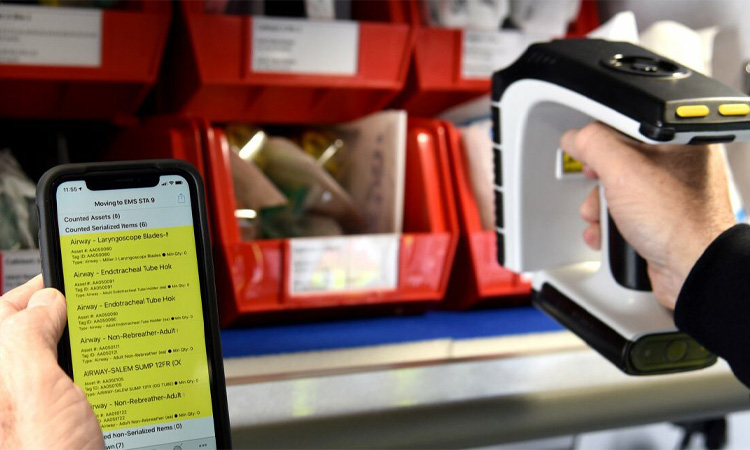
In manufacturing, the RFID tracking system can be used to track the movement of raw materials and finished products, improving supply chain management. RFID tracking meaning goes beyond just tracking physical assets, as it also provides increased security by reducing the risk of loss or theft. With the ability to track and manage assets in real-time through a centralized system, the RFID location tracking system is a valuable tool for any business looking to improve its asset management processes.
The History of RFID Tracking
Historically, the original RFID is considered the “Thing” invented by Léon Theremin in 1945. It is a listening device that can retransmit extra audio information. Although it is not an identification tag, its use is like that of passive RFID tags. It is passive and powered by external radio waves. But it is not the first application of RFID tracking invention.
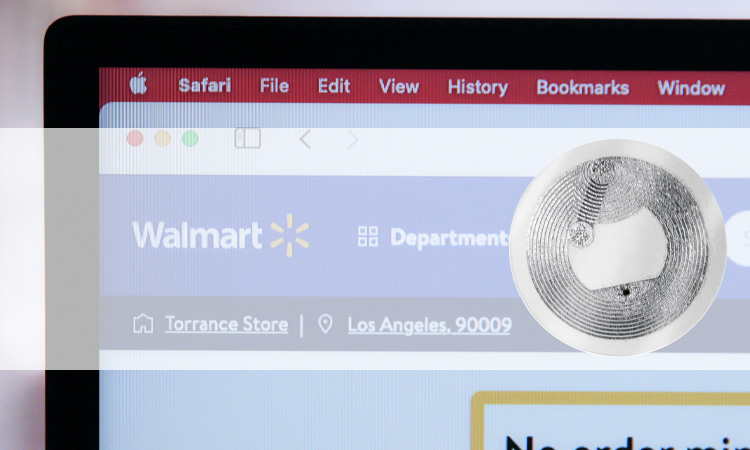
In fact, during the Second World War, there was an RFID location tracking system. The Allies and Germany used it to track and identify the enemy plane.
In the following decades, RFID technology develops in a friendly way. RFID technology has been designed nicely. A radio wave-based passive transponder with data was manufactured. This device defines as the actual ancestor of modern RFID. In 1990, the first ultra-high frequency (UHF) reader was invented by IBM. In 1996, the first patent for a passive RFID tag with limited interference was developed. 2004, retail giant Wal-Mart increased its R&D funding for RFID projects. Nearly $500 million invests in its RFID program. Until today, RFID location tracking using even more widely.
- Some companies have updated their inventory management technology. They have adopted RFID tags to track and manage assets in the warehouse.The inventory quantities obtained using it can be 100 percent correct.
- Air Canada uses RFID tags to track food trucks used at airports. The airline saves millions of dollars each year with this tracking technology.
- The drug tracking sector uses RFID technology to screen and detect counterfeit drugs. According to 2018 statistics, this sector earned up to $778.88 million through this technology.
How RFID Tracking Works?
RFID tracking uses a small tag or chip containing a unique identification number and an antenna to transmit and receive signals. The tag is attached to an object, and when it comes within range of an RFID reader, the reader sends out a radio signal that activates the tag. The tag then responds by returning its unique identification number, which the reader picks up. This process happens in a matter of milliseconds, allowing for rapid and accurate tracking of objects.
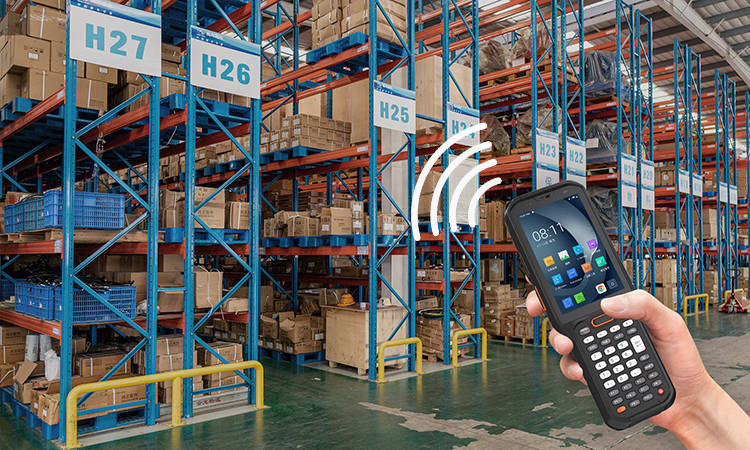
Which RFID Labels can Use for Asset Tracking?
Most of the RFID labels on the market can use for asset tracking. It would be best if you chose the correct RFID label based on the physical asset and how the RFID label works. RFID tags divide into active, passive, and semi-passive forms.
The active RFID tag is the active form. It has a power source inside it that can continuously energize. It can actively send signals. It tracks assets in real-time—for example, the tracking and tolling of moving vehicles. Depending on the frequency at which the tag operates, it can have a communication range of up to 150 meters. Since it has a power source inside it, it is generally more expensive than passive RFID tags.
Related Articles: The True Cost of Active RFID Tags: A Comprehensive Breakdown
A passive tag is passive. It has no internal power source and relies on the RFID reader to “send” energy. It can only passively receive signals. It was highly sought for tracking inventory, supply chain management, and access control. It can receive alerts in a smaller range than active RFID tags. It has a signal range of only 5 meters. It is smaller, lighter, and cheaper because it has no batteries. It has a longer lifetime than active RFID tags.
Related Articles: Active vs. Passive RFID Tags: Understanding the Difference
The semi passive RFID tag is semi-passive in shape. It has a more small battery than a passive tag. The range of data it can read is smaller compared to active RFID tags. It can only use very close to the RFID reader. It operates in particular temperature-controlled transportation and condition monitoring environments. It runs more functions because it contains a battery inside. It can be tracked and used as a sensor in real-time. Compared with the other two, it is relatively moderately priced. But the features are also relatively few.
Related Articles: Efficiency Choice: Semi Passive RFID Tags
Earlier RFID tags have relatively more disadvantages. For example, it can not use in extreme temperatures, chemical contamination, and other environments. But with the development of RFID technology, people have long overcome these problems. Now many tags can work in those harsh environments. So how to choose the correct RFID tag? I think you can think of several aspects. These aspects can be the environment in which the product location, your data requirements, and the size of the items you need to tag.
Active vs Passive RFID Tag Tracking and Positioning Differences
Usually, both active and passive RFID tags can help companies manage their inventory better. They can both keep track of inventory. They can prevent thieves from entering and stealing, employees from misplacing merchandise, etc.
If your budget is relatively high, you can choose to buy active RFID tags. It is because it is more potent than passive RFID tags. It can provide real-time inventory information for businesses. Active RFID tags and real-time information systems (RTLS) complement each other. They can use it together. It also shows that you can better control your warehouse inventory data. If you are a startup or have a limited budget, passive RFID tags are the best choice because they are equally effective and need a lower budget.
Applications of RFID Asset Tracking in Various Industries
RFID Tracking for Cold Chain Management
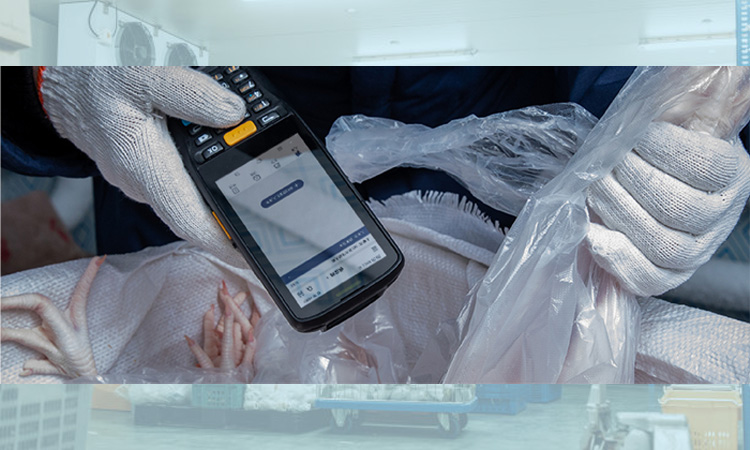
Some unique supplies must go through notable routes in the logistics and transportation industry. Examples of these special items are fresh and processed foods and medical supplies. They must all be transported to their designated destinations through the cold chain.
In the cold chain, transportation links must be great to keep the food fresh or other products effective. In particular, operators must track the real-time temperature during transport at all times. Too high or too low temperatures can hugely impact the product.
RFID asset tracking allows operators to keep track of temperatures at all stages of the supply chain in real-time. The product is always maintained at a specific temperature range for transport and storage. It guarantees that products keep a particular temperature range for transportation and storage. The RFID tracking system will automatically send an alert even in an accident. It will promptly notify the operator to intervene in the vehicle.
RFID Tracking for the Healthcare Industry
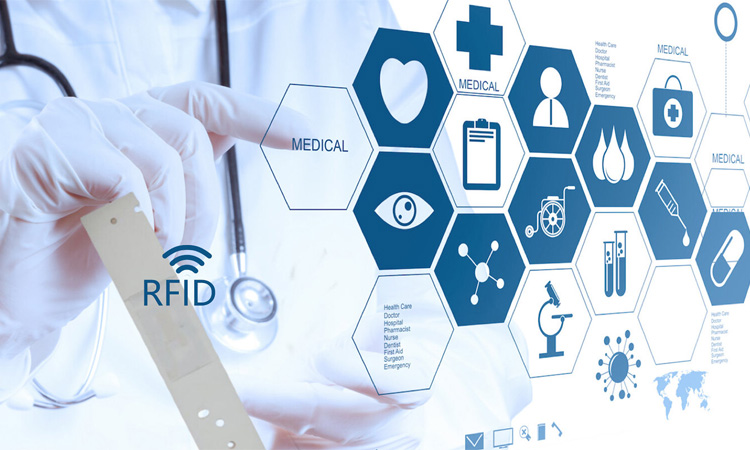
The healthcare industry has adopted RFID since 2004. At that time, RFID tags using more for daily workflow and hospital inventory management. After years of development, RFID asset tracking has been broad uses in the healthcare industry. In particular, with the outbreak of the COVID-19 virus in 2020, RFID asset tracking has played an essential role in it. It provides excellent convenience for hospitals and other medical institutions. The focus is highlighted in the following areas.
- It offers excellent comfort to hospitals and other medical institutions.
- It is demonstrated by its real-time ability to check and track personal protective equipment (PPE) inventory.
- It can follow the course of blood plasma used in vaccine trials.
- It ensures that hospital staff follows hand washing protocols when cleaning their hands.
RFID tracking technology meets most healthcare facilities’ daily work and inventory management requirements.
RFID in Manufacturing Automation
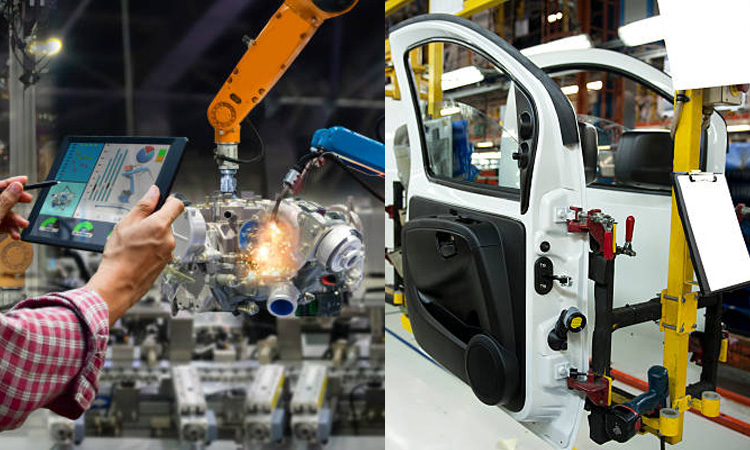
RFID location tracking can apply to several aspects of the automotive manufacturing industry. It can track and identify the vehicle body in production. RFID tags are affixed or embedded in parts of the fuselage, bumpers, and tires during production, and the two are linked. The reader can upload the received data to a designated database through the software. Operators can view and manage the information in the database at any time.
It realizes the functions of enterprise inventory and post-logistics transportation tracking. It implements the enterprise inventory and latest logistics and transportation tracking functions. RFID location tracking can effectively help companies reduce unnecessary losses and prevent inventory losses. In the future, RFID also has the potential to be used throughout the automotive supply chain.
RFID Tracking for Nuclear Applications
RFID tracking is a technology that uses radio waves to identify and track objects. In nuclear applications, RFID tracking can be used to monitor and control the movement of radioactive materials. This helps to improve safety and security measures in the nuclear industry. RFID tags can be attached to containers of radioactive material, and their movements can be tracked in real-time using RFID readers. This technology can also be used to monitor the condition of equipment and track maintenance schedules. Overall, RFID location tracking is a useful tool in the nuclear industry for improving safety and efficiency.
Benefits of RFID in Livestock Management

Livestock tracking and identifying livestock is essential in food safety traceability management. The link is that livestock raised by captive breeding is fitted with an RFID tag at birth (it is usually done as an ear tag or an anklet). The breeder will record everything about the animal as it grows. The breeder records information by using a handheld RFID reader device. He needs to constantly capture or store important information during the growth of livestock.
While circulating livestock to the market, the relevant information will be read and recorded by other staff. If an epidemic event occurs, the source of the epidemic can trace by scanning the specific livestock’s RFID tag. RFID tracking guarantees the safety of the food.
Why RFID Tracking Matters
RFID tracking matters because it provides many benefits over traditional tracking methods. These benefits include:
- Increased Efficiency. RFID location tracking allows for rapid and accurate tracking of objects, reducing the time and effort required for manual tracking methods.
- Increased Accuracy. RFID location tracking is more accurate than manual tracking methods, reducing the risk of errors and improving inventory management.
- Increased Security. RFID location tracking provides increased security by allowing for real-time tracking of assets and products, reducing the risk of loss or theft.
- Cost Savings. RFID location tracking can save costs by reducing the time and effort required for manual tracking methods, improving inventory management, and reducing the risk of loss or theft.
RFID tracking is a technology that provides many benefits over traditional tracking methods. Its applications are widespread, and it is becoming increasingly popular across various industries. RFID tracking is changing how we track and manage objects by improving efficiency, accuracy, and security.
Video Source: Nuclear Engineering Division
Related Articles: Inside RFID Labels: Structure Revealed
Frequently Asked Questions (FAQs)
-
What is the range of RFID tracking?
The range of RFID tracking depends on the frequency used and the tag type. Low-frequency tags have a range of a few centimeters, while ultra-high-frequency tags can have a range of up to 30 meters.
-
Is RFID tracking secure?
RFID tracking can be secure if proper security measures such as encryption and access control are in place.
-
Can RFID tags be reused?
Passive RFID tags can be reused, while active RFID tags may need replacing batteries.
-
What is the cost of RFID tracking?
RFID tracking costs depend on the application, the frequency used, and the tag type. Passive tags are typically less expensive than active tags.


